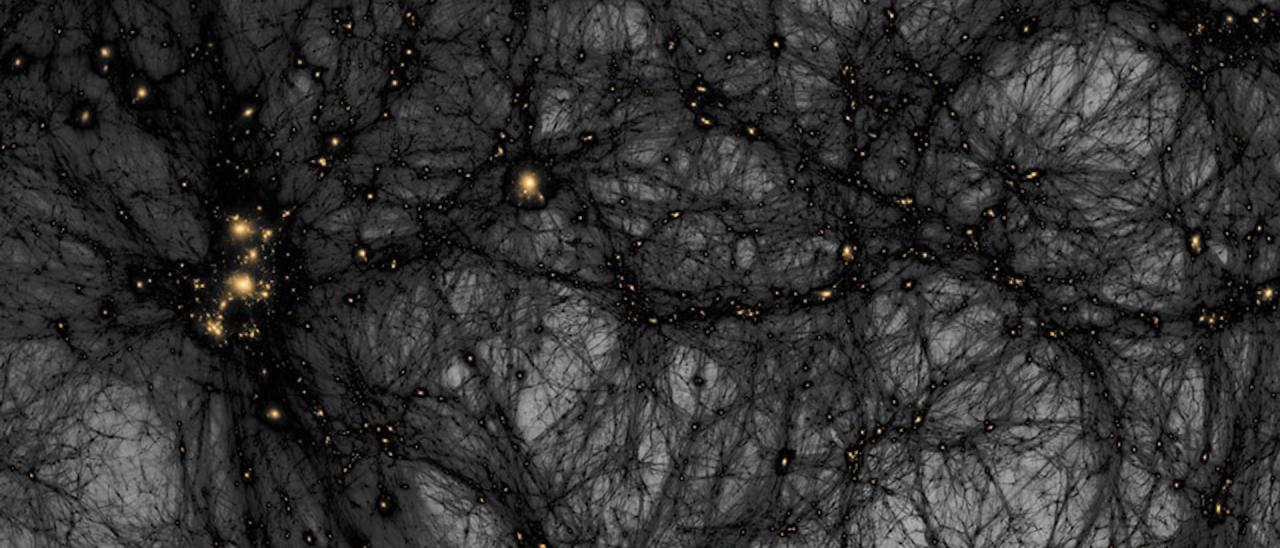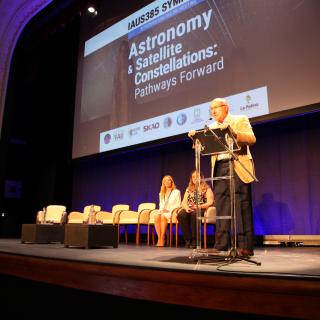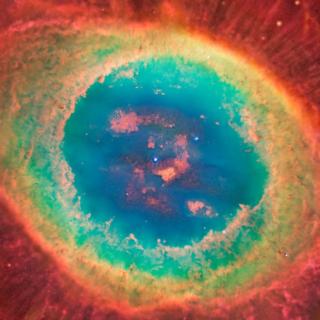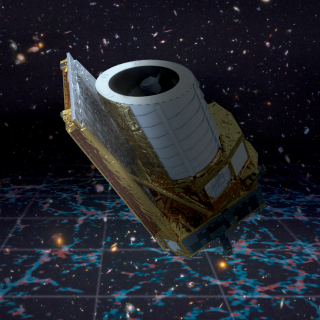
The Cosmic Microwave Background (CMB) contains the statistical information about the early seeds of the structure formation in our Universe. Its natural counterpart in the local universe is the distribution of galaxies that arises as a result of gravitational growth of those primordial and small density fluctuations. The characterization of the
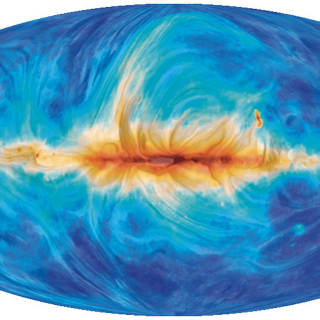
The aim of this project is to combine two unique datasets, the nine Planck all-sky maps and the four QUIJOTE Northern sky maps, to provide the best possible characterization of the physical properties of polarized emissions in the microwave domain.
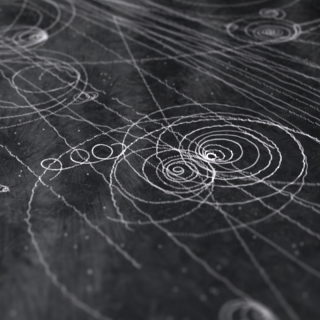
Our group works on theoretical astroparticle physics and our goal is to expand our understanding of the fundamental laws of Nature by exploiting the synergies between astrophysical observations and laboratory experiments. Different lines we are currently working on are: Indirect searches of dark matter: New light exotic particles coupled very
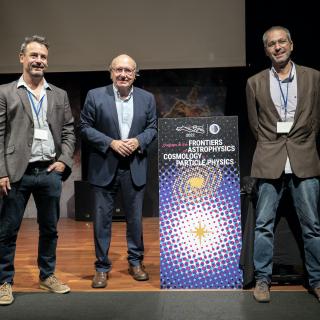
From 21th November till 2nd December at the Museo de la Ciencia y el Cosmos (San Cristóbal de La Laguna), and organised by the Instituto de Astrofísica de Canarias The 33rd edition of the Winter School of the Instituto de Astrofísica de Canarias will focus on the efforts of astrophysics, cosmology and particle physics to understand the mysteries of the dark universe. The XXXIII Canary Islands Winter School of Astrophysics, which is taking place between November 21st and December 2nd, was inaugurated yesterday in the Museo de la Ciencia y el Cosmos, with a welcome address by Rafael Rebolo
